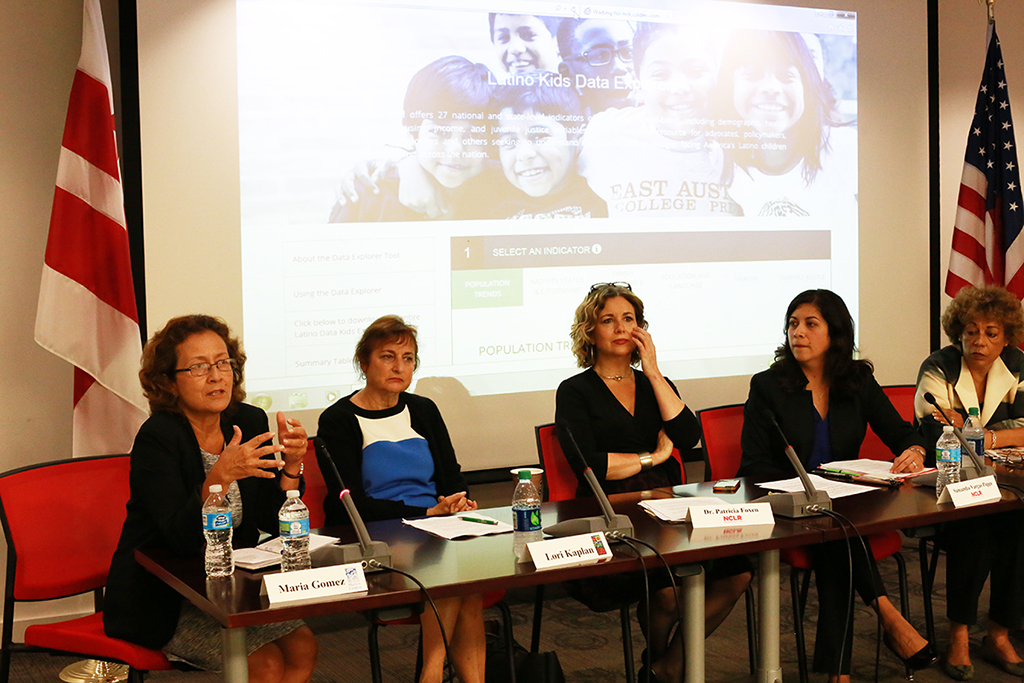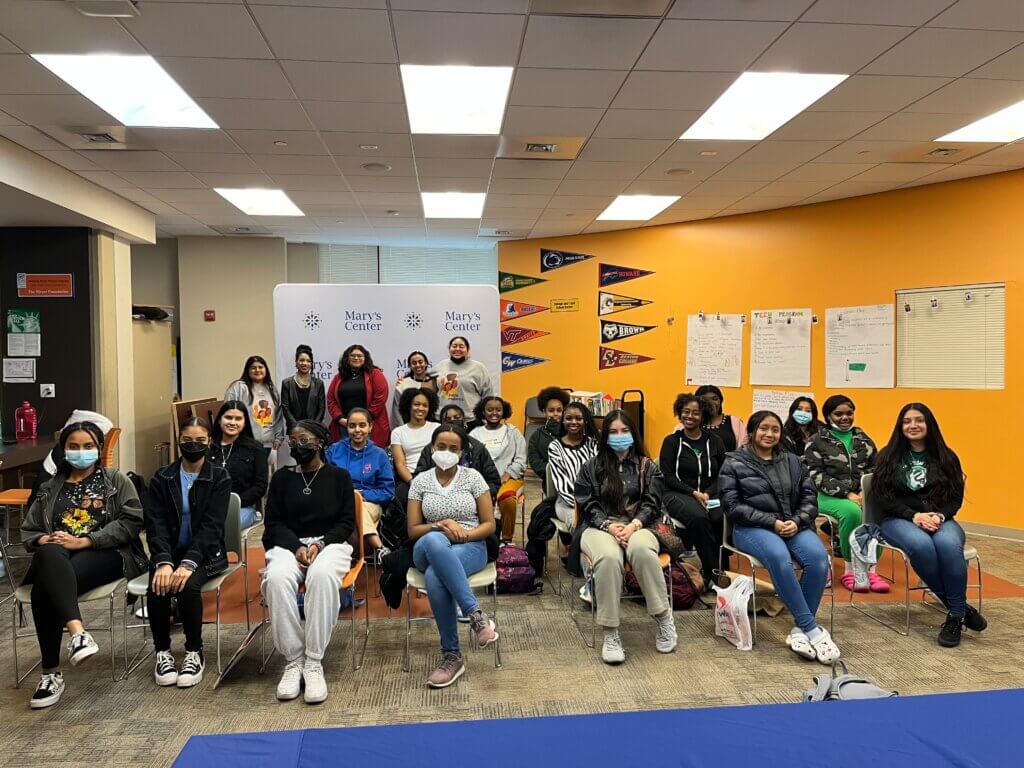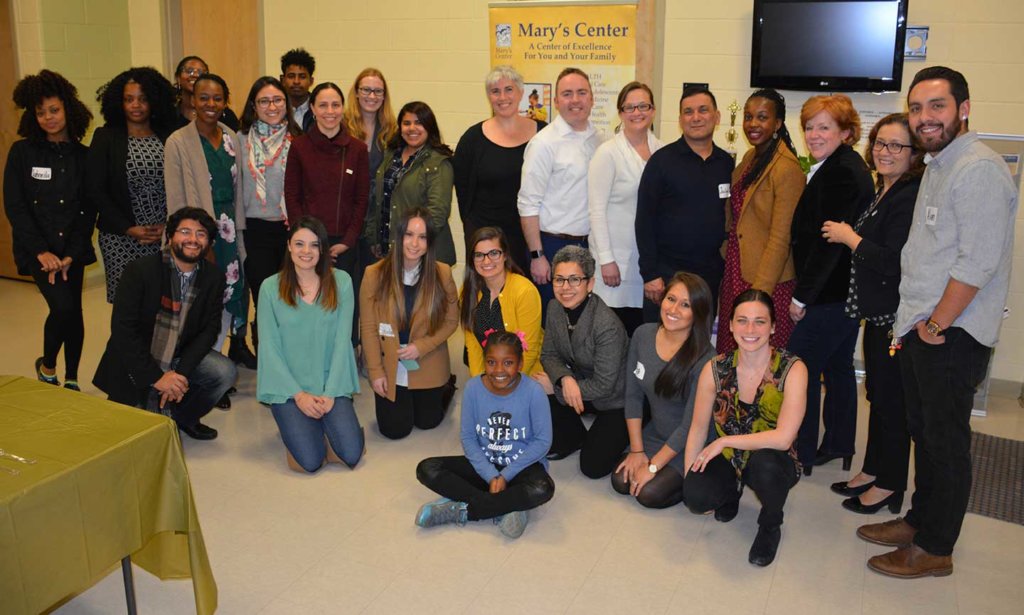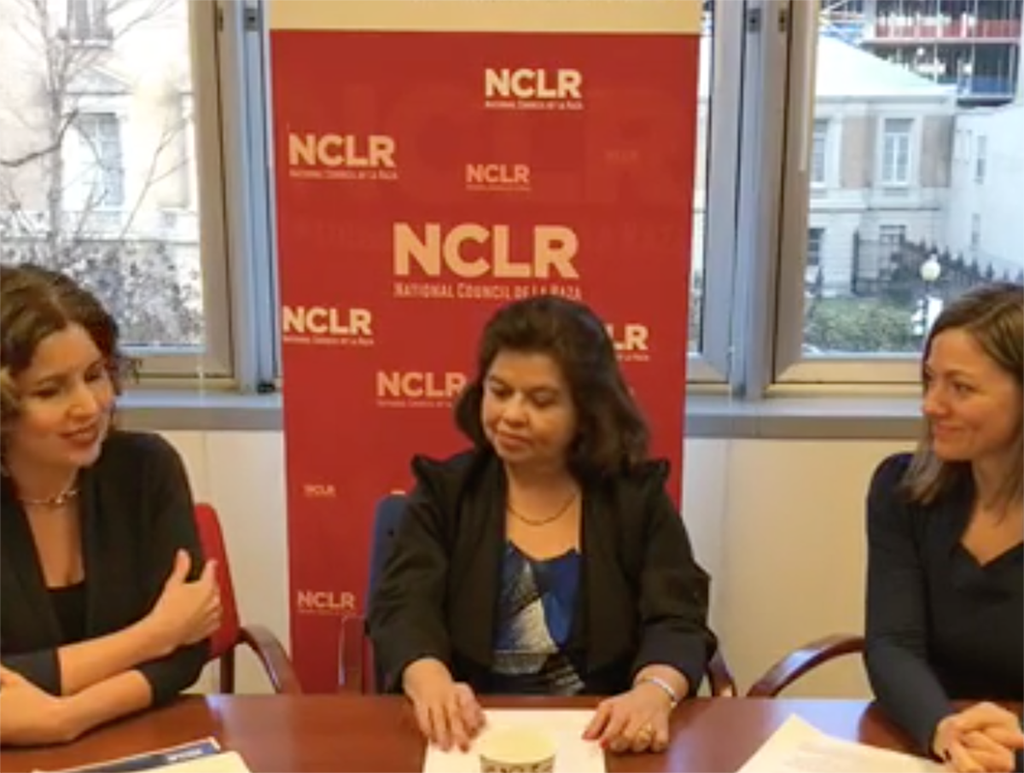Making Data Work for Us
New report and web tool uses nationwide data to track the state of Latino youth
By John Marth, Senior Content Specialist, NCLR
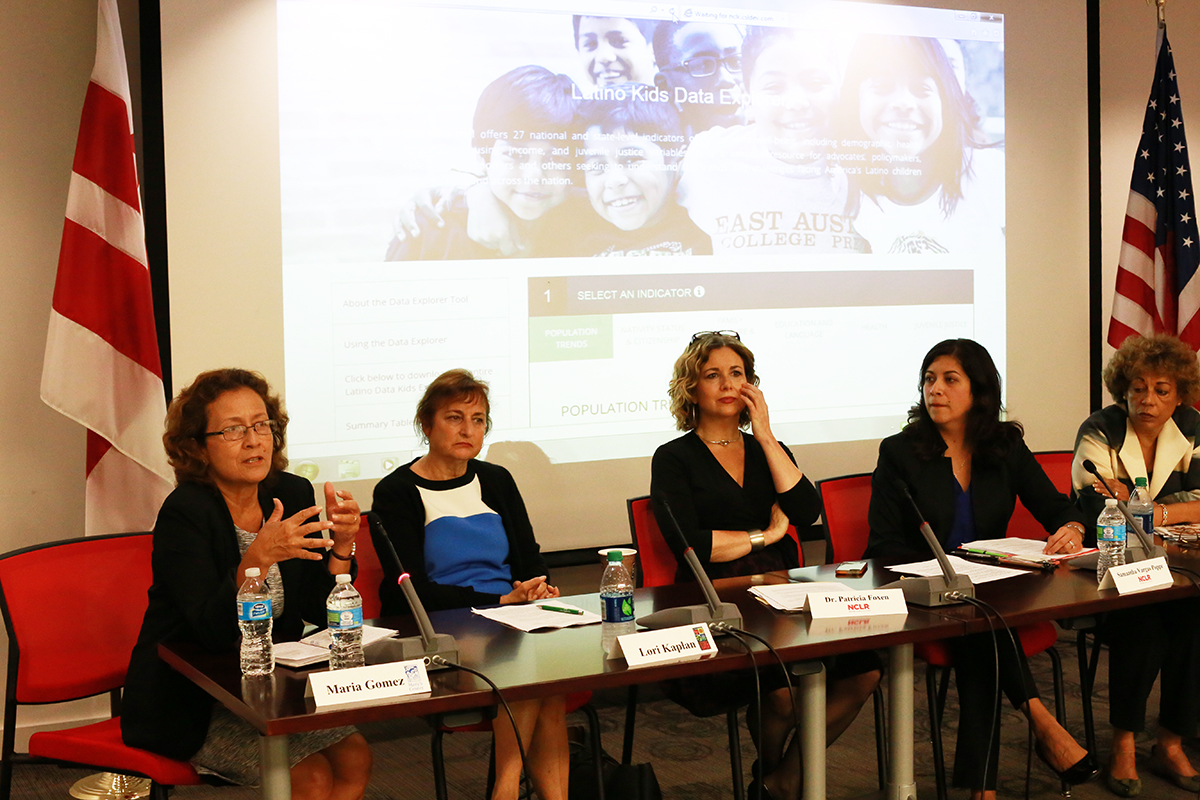
Our Affiliates are based in the communities that need them the most: where families struggle for a chance to succeed. Facing poverty and other barriers head-on, NCLR Affiliates see a side of America that’s sometimes invisible to politicians. People working on large-scale issues need numbers to justify their decisions, which can run at odds with the on-the-ground people hoping to improve their communities.
Keep up with the latest from UnidosUS
Sign up for the weekly UnidosUS Action Network newsletter delivered every Thursday.
As head of the Latin American Youth Center in DC, Lori Kaplan runs into this issue constantly: “When people don’t want to do something, they hide behind data. They say ‘show me the data.’” But smaller operations usually don’t have the resources to gather data to prove that what they know to be true through experience.
A solution to that tension was explored at a panel about the state of Latino youth in the United States held Thursday in our DC headquarters. Kaplan was one of three Affiliate CEOs on the panel, along with Maria Gomez of Mary’s Center, and Myrna Peralta of CentroNía. From NCLR, Associate Director of the Policy Analysis Center Samantha Vargas Poppe, and Deputy Director of Research Patricia Foxen joined the conversation. Mark Mather, Associate Vice President of U.S. Programs at the Population Reference Bureau, also gave remarks.
The panel was part of a release event for the report Toward a More Equitable Future: The Trends and Challenges Facing America’s Latino Children, co-authored by Foxen and Mather, as well as a corresponding web tool, the Latino Kids Data Explorer.
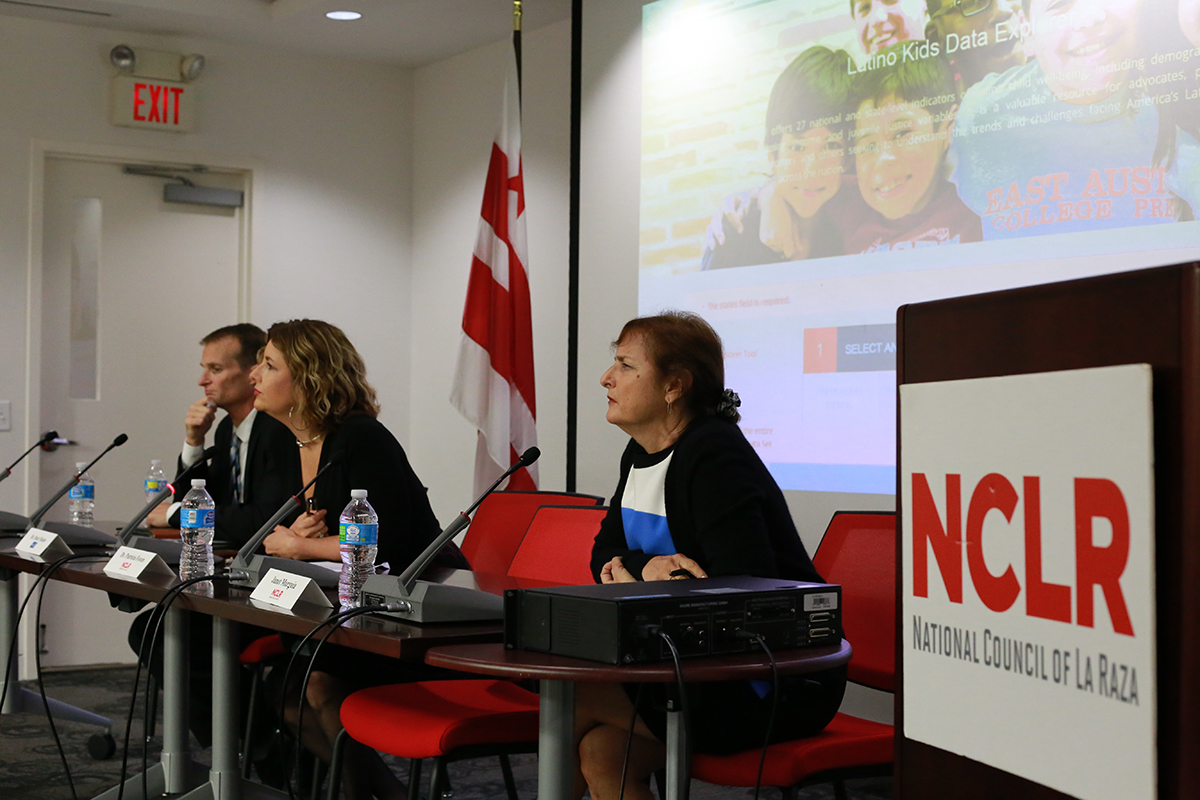
The report uses nationwide data to illustrate the state of Latino youth in the United States in terms of categories like poverty, housing, health, education, and juvenile justice. The web tool gives easy access to the data with different ways to aggregate the numbers, such as by category, age group, in comparison to other ethnicities, and by state.
‘Demography isn’t destiny’
There’s been significant progress in each of the areas the report covers. High school graduation rates are up; teen pregnancy and incarceration rates are down; and more Latino kids have health insurance. But when you compare the data to White youth, as Mather said, “a positive story becomes a negative story.”
Though Latino youth are in an increasingly better state, there are still major disparities between Latino well-being and that of White children. So while the progress is encouraging, there are still gaps to address:
- The Latino high school graduation rate rose to 78% in 2013 compared to 67% in 2004. Despite improvement in graduation rates, other educational issues were less encouraging. Eighth-grade Latino students were proficient in reading at a rate of 21% in 2015, which is less than half that of their White peers at 44%.
- The number of Latino children without health insurance was cut in half. Enrolling in federal programs like the ACA, Medicaid, and CHIP brought the rate of uninsurance for Latino youth from 19% in 2008 to 10% in 2014. Still, the much-improved 2014 rate is twice as high as that of White and Black youth insurance coverage, which stood at 5%.
- Latino juvenile incarceration dropped to 173 for every 100,000 in 2013. This was a significant improvement from the 2006 rate of 309 for every 100,000 in 2006, but it is still too high compared to White youth, which fell from 170 for every 100,000 in 2006 to 101 in 2013.
While going over the data, Foxen emphasized that every one of the issues they studied influences each other. Poverty can lead to poor nutrition, which can affect how well a student does in school. But community groups intervene so that growing up at a disadvantage doesn’t determine the rest of a child’s life. “Demography isn’t destiny,” Foxen said.
‘Now we have the proof’
Each panelist expressed relief at finally having data to back up the problems and successes they see every day. They explained that what their communities understand as hard facts can be difficult to prove to people outside the community. “Now we have the proof,” Kaplan said, urging community organizations to use the data to back up the claims they’ve been making for years.
Kaplan pointed out that the data also “dispels myths that are out there in the world we live and work in.” The fact that 93% of Latino youth are citizens betrays the typical narrative that most Hispanics are immigrants.
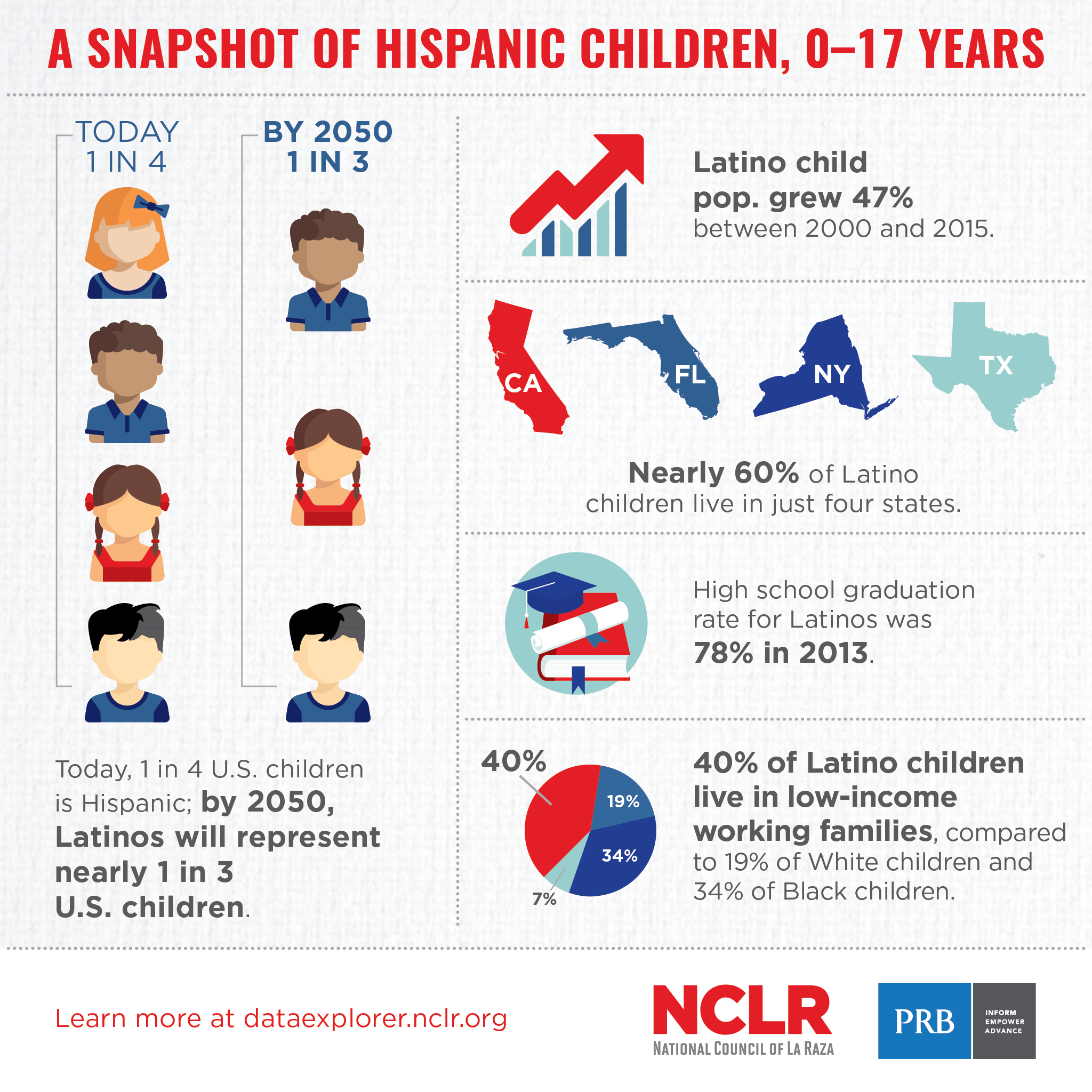
Now that we have the data and it’s easily accessible, our Affiliates and other community-based organizations can feel empowered to engage policymakers and demand change. “We don’t need another study. We don’t need another task force,” Kaplan said. “We need to act on this data.”
CentroNía, Mary’s Center, and LAYC have each been operating in DC for around three decades and were there for young Latinos “long before the government and long before the schools,” Kaplan stated.
On our end, we’ll keep making sure the policies catch up.
